Author: Dr. Peter A. Schneider
Institution: University of California, San Francisco, USA
Summary
This presentation explores the potential of intravascular lithotripsy (IVL) in treating heavily calcified carotid artery stenosis. Due to the higher complication risks associated with calcified carotid lesions in traditional stenting, Dr. Schneider suggests that IVL may offer an innovative solution for revascularization in these patients. While IVL has demonstrated safety and efficacy in other vascular beds, further research is needed to confirm its role in carotid stenosis.
Challenges of Calcification in Carotid Artery Stenting
• The Issue of Calcification: Approximately 5-10% of carotid stenosis patients present with severe calcification, making them unsuitable for standard stenting. Calcification can lead to inadequate stent expansion, increased risks of stent fracture, restenosis, and stroke. Consequently, traditional stenting procedures and trials (e.g., CREST and ACT I) often exclude patients with calcification exceeding 3mm in thickness.

Mechanism of IVL Technology
• How IVL Works: IVL delivers soundwave pulses through a low-pressure balloon, generating pressure up to 50 atmospheres to break calcium deposits within and around the vessel wall without affecting surrounding soft tissue. This technique is effective on both deep and superficial calcium, gently expanding the vessel and reducing procedural risks.
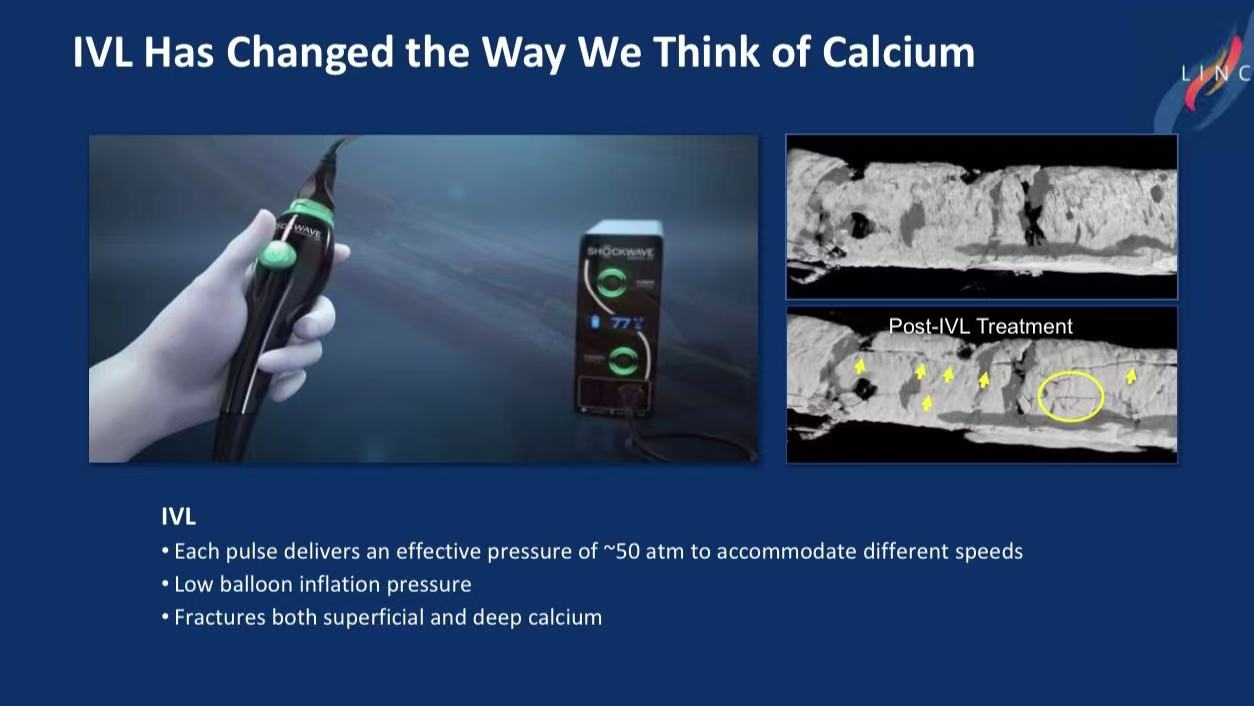
Clinical Studies and Case Results
• Clinical Application and Preliminary Outcomes: Since 2018, there have been 15 reports of IVL used prior to carotid artery stenting. Among 21 patients, the procedural success rate was 100%, with no new neurological deficits postoperatively. Six-month follow-up showed no cerebrovascular adverse events or need for reintervention, supporting the short-term safety of IVL.
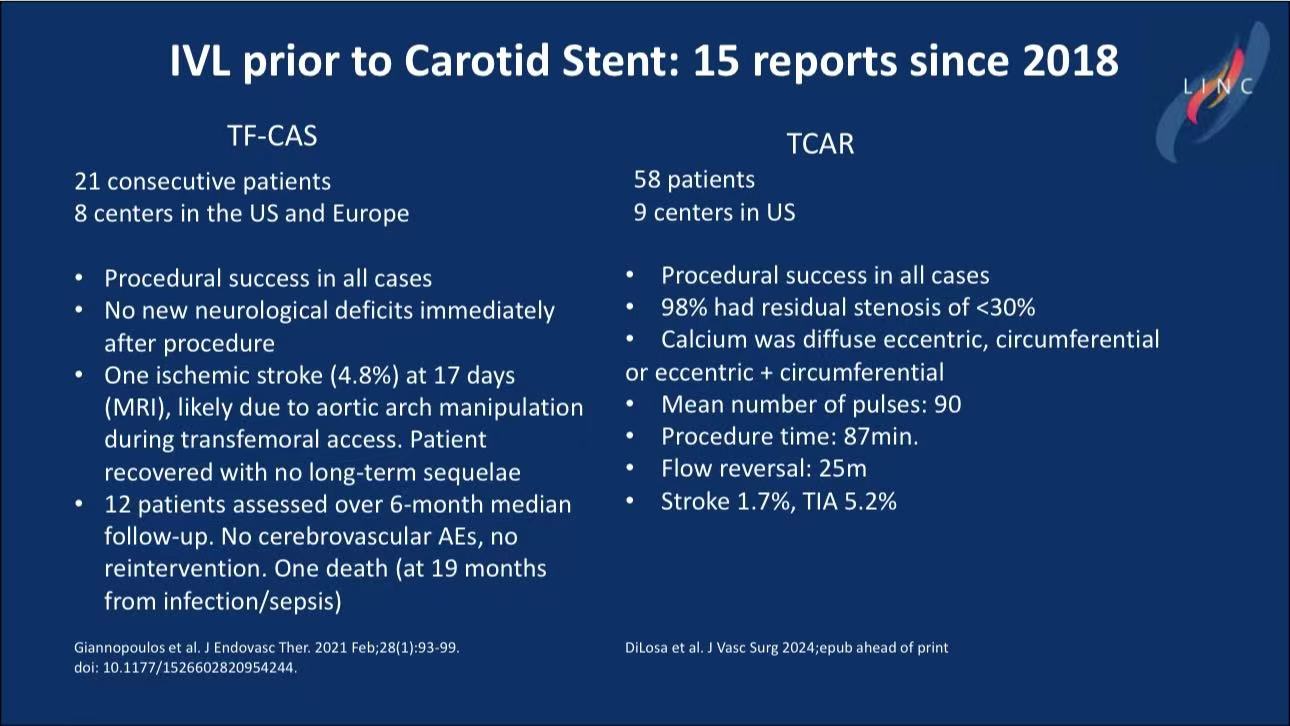
• Case Example: A 79-year-old male patient with right-sided carotid stenosis received IVL treatment. Post-procedurally, stent expansion was satisfactory, and blood flow improved significantly.
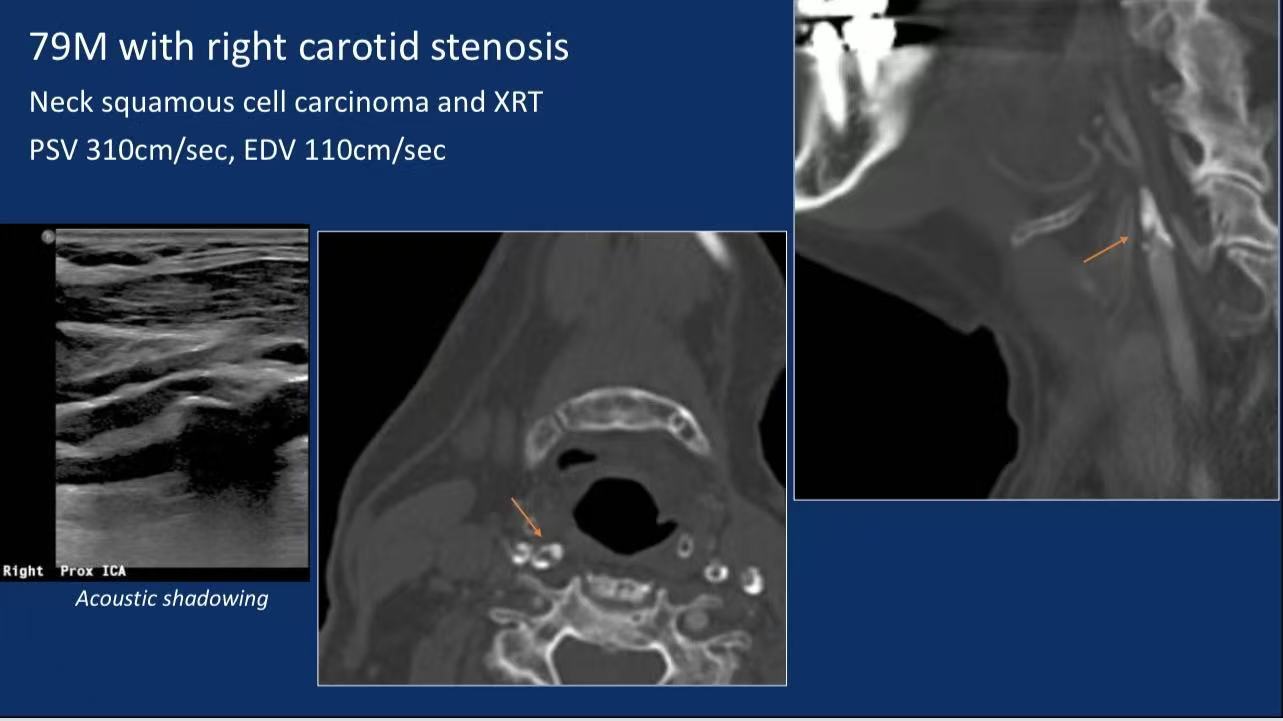
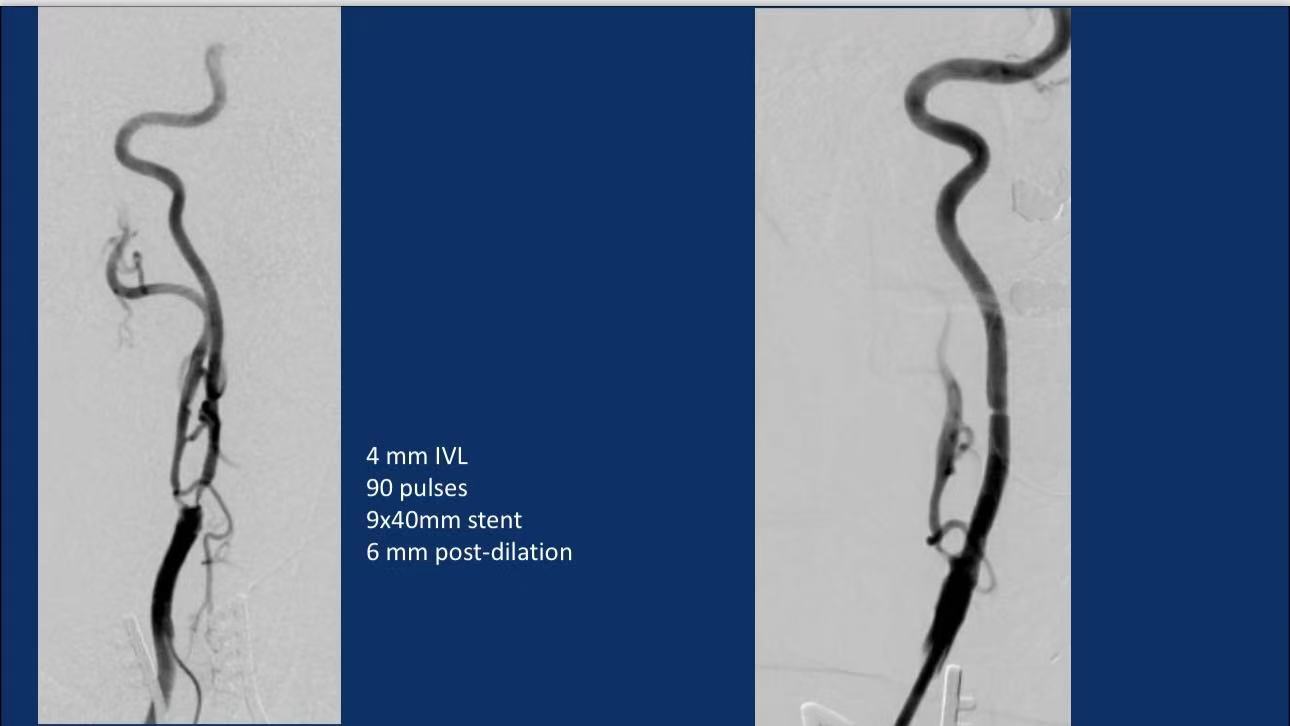
Conclusion
1. IVL offers a promising treatment option for patients with heavily calcified carotid artery stenosis, potentially reducing complications in stenting procedures.
2. Preliminary data support IVL’s safety and efficacy in carotid revascularization; further prospective studies are needed to establish its role in carotid artery stenting.
3. The development of new devices and technological advancements will further enhance the prospects of IVL in carotid interventional therapy.
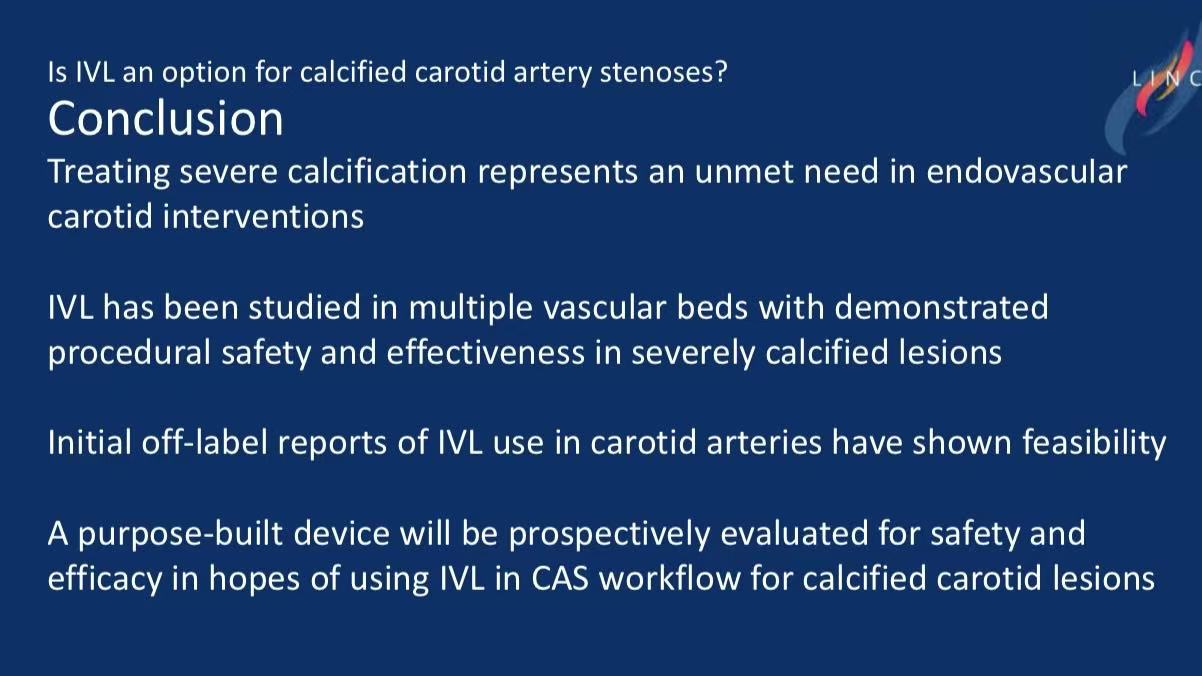
Contact Us
• Email: endovascluar@simtomax.cn
The English content has been synchronized with the Vasco Knight account. For more international information, please visit:
• Facebook: Vasco Knight
• Instagram: knight_vasco
Let’s safeguard health together and showcase your brilliance to the world!


